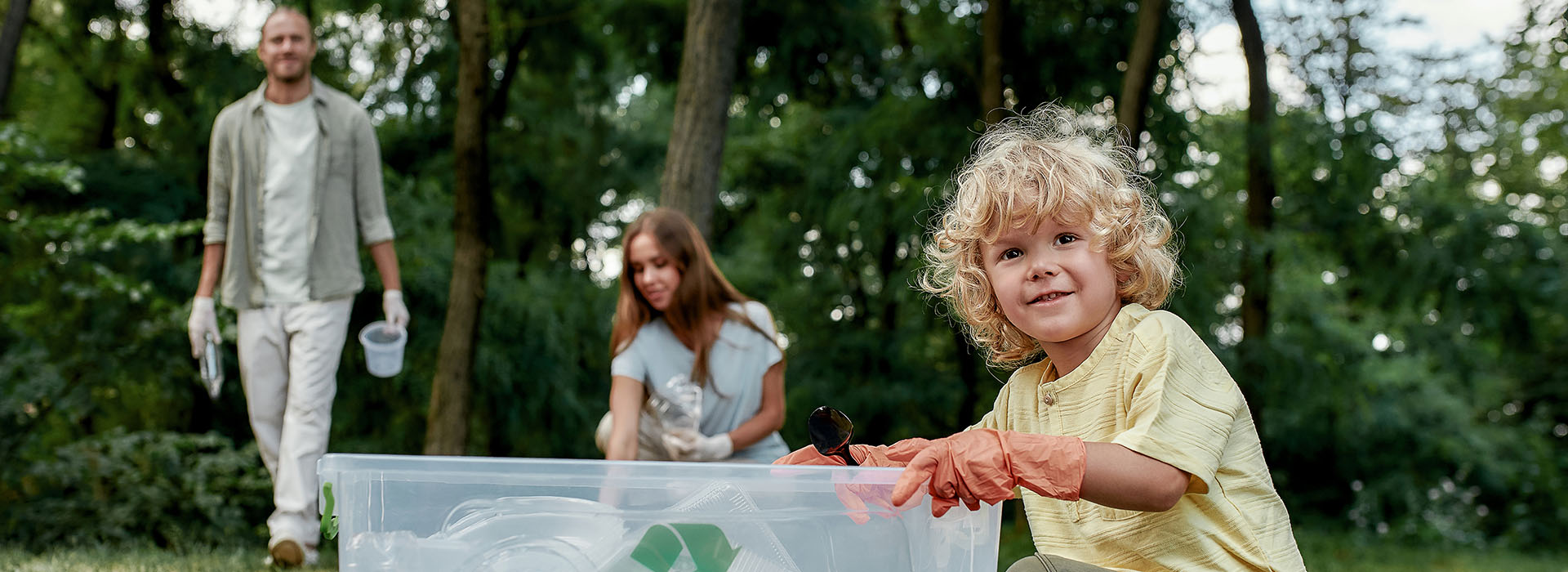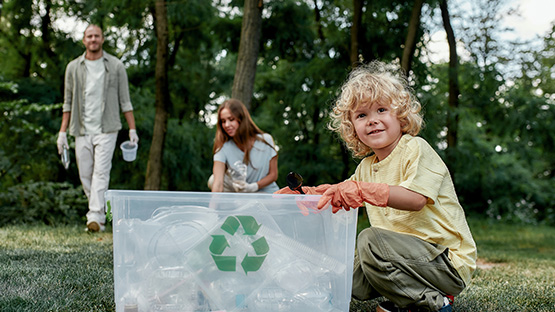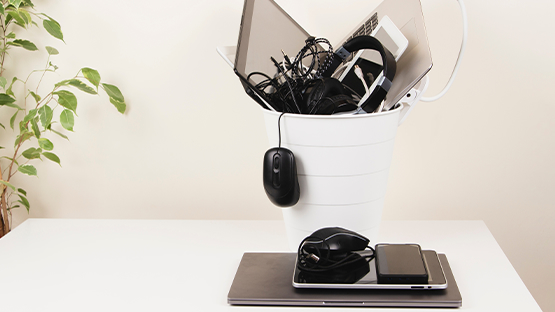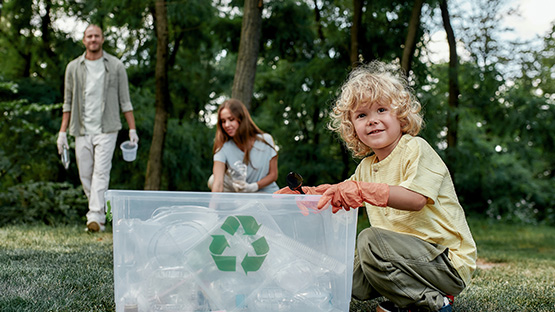The circular economy, or the waste cycle
Ekologia

24 March 2023
Climate change is already a fact of life, and mankind is exploiting the planet in a decidedly excessive way. Scientists warn that some natural resources will run out before long, so it is no wonder that solutions are being introduced to prevent this. One of these solutions is GOZ. In this article, we will present a definition of the circular economy, the benefits it brings to our environment and some examples of what it does.
What is the circular economy?
The circular economy (abbreviated as GOZ), is a closed-loop waste management. It is closely linked to the concept of making rational use of the products we produce. Translated in simple terms, the circular economy means wasting as little as possible of the raw materials we use. In fact, everything we use comes from our planet, with the majority of extraction coming from non-renewable sources. These include oil, natural gas, coal, as well as gold, copper, uranium and other metals that are used in manufacturing. The opposite of the circular economy is the linear model, which assumes that a product is produced from a given raw material, this product is later used, and when it is used up, it goes to the dump. The circular economy assumes that this product will be recirculated and used again and again.
Challenges for a circular economy
One of the biggest problems in modern society (in an environmental context) is over-consumption. The earth is able to renew the sources we use, but only to a limited extent. The Global Footprint Network has estimated that our planet needs almost two years to renew its sources. Our demand, on the other hand, is constantly increasing, so we are not giving it any chance to rebuild its resources.
It is precisely this problem that is one of the main challenges posed by the circular economy. Its task is to generate zero waste, which is accurately described by the 3xR model - reduce, reuse, recycle. In Polish, we speak of reduce, reuse and recycle. In practice, this means that the first action is to reduce the raw materials used as much as possible, the second is to reuse, and the third is to recycle and compost. It should be explained here that this model resembles an inverted pyramid and each of these activities has its place in the hierarchy. Reduction comes first and recycling last. Two more 'R's have recently been added to the model, namely repair and recover.
Examples of circular economy
Theory is theory, but is GOZ applicable in practice? Absolutely! In addition to the principle mentioned above, designing for recycling is also important. This means thinking about how to reuse a product at an early stage. An example of the circular economy that uses this method is the design of reusable packaging and the creation of biodegradable materials instead of foiled ones. This is important as we order a significant amount of products online and ship a lot of them to different parts of the world. Another example is creating new products from old ones - an example is shoes made from plastic.
Benefits of the circular economy
The benefits of the circular economy should be seen first and foremost in terms of the environment, as it is intended to support our ecosystem and prevent complete collapse. A closed loop is supposed to contribute to less exploitation of raw materials and thus to greater independence for production enterprises. The circular economy is also a way to save money. Since many products will be reused, production costs will automatically decrease.
Although the main advantages are protection against the depletion of raw materials and the reduction of CO2 emissions, the benefits are also seen in an economic context. After all, the financial aspect often outweighs the ecological one and many companies do not pay attention to it. The circular economy is therefore a good solution to these problems.
Czytaj również

Where to donate your clothes? Give them a second life together with InPost!
Where to donate clothes you no longer wear? Instead of throwing away good clothes, it is worth donating them to others for further use. Do...

Where to give away unwanted electronic equipment? Small items can still be useful
Electronic equipment is one of the most frequently replaced items in the home. New ones are not always bought when the old ones are no lon...

Where to donate toys you no longer need? We have a good way to do it!
Quite a few children have rooms full of toys. They receive more gadgets from grandparents, parents or aunts and uncles. Sometimes the obje...



